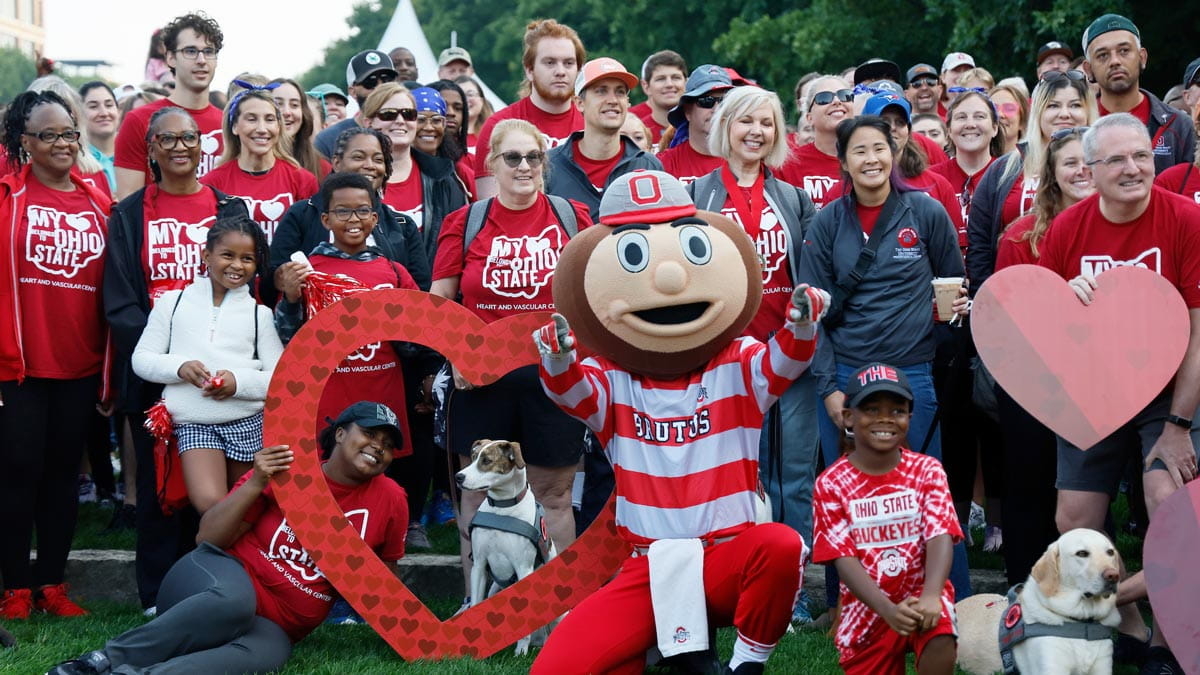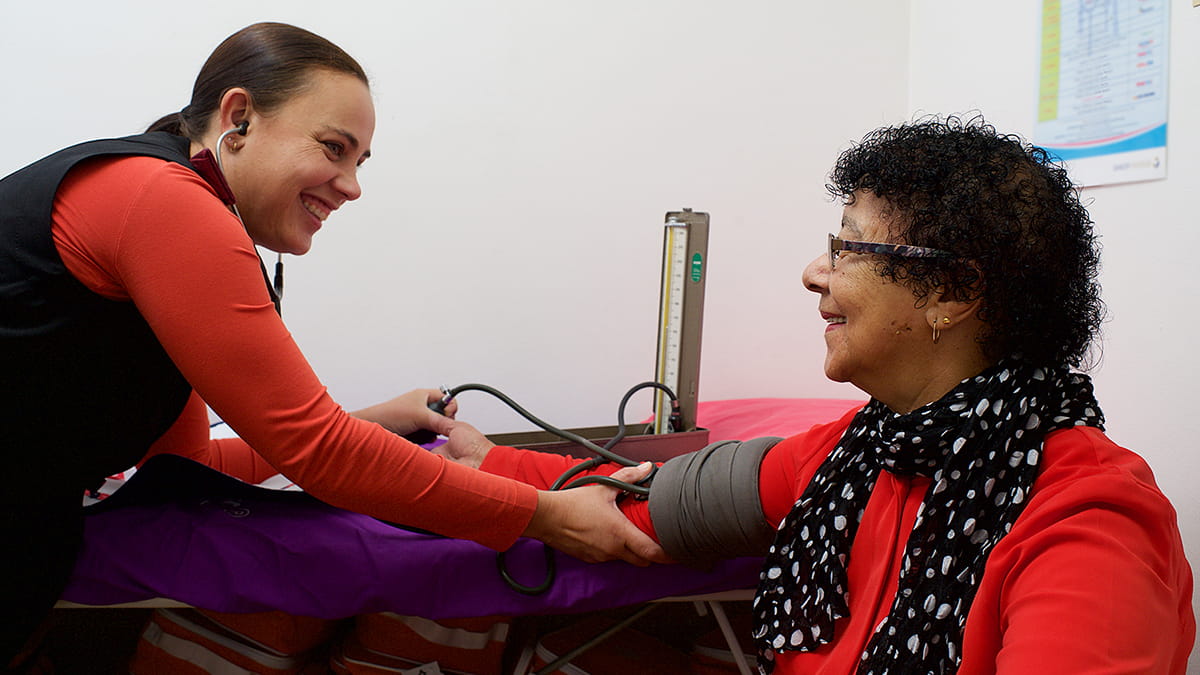New guidelines mean more Americans have high blood pressure - now what?
 The American College of Cardiology and American Heart Association recently announced new guidelines for what is considered high blood pressure, or hypertension. The threshold went from 140/90 mm Hg to 130/80 mm Hg. Normal is less than 120/80 mm Hg. That could mean you, along with nearly half of all Americans, are now in the treatment zone.
The American College of Cardiology and American Heart Association recently announced new guidelines for what is considered high blood pressure, or hypertension. The threshold went from 140/90 mm Hg to 130/80 mm Hg. Normal is less than 120/80 mm Hg. That could mean you, along with nearly half of all Americans, are now in the treatment zone. “With the more stringent blood pressure thresholds, it is expected that the number of people under the age of 45 with a diagnosis of high blood pressure will nearly triple in men and nearly double in women,” said Laxmi Mehta, MD, a cardiologist and section director of Preventative Cardiology and Women’s Cardiovascular Health at The Ohio State University Wexner Medical Center.
Does that mean you need to start taking medication? Not necessarily.
“The idea is to recognize the risk and address it sooner, before it becomes a more serious matter,” said Ragavendra Baliga, MBBS, a cardiologist at Ohio State Wexner Medical Center. “Those with elevated pressure and some in Stage 1 hypertension without cardiovascular events or risk factors should be able to achieve target numbers through lifestyle changes. Others will need the assistance of medication.”
Here’s what our cardiologists want you to know about high blood pressure:
It’s a silent killer
High blood pressure is second to smoking as a preventable cause of heart disease and stroke deaths. Doctors call it a ‘silent killer’ because often there are no symptoms of elevated pressure. Many people don’t know they have it.Know your numbers
Have your blood pressure checked at least once a year to help you and your doctor keep track. When your numbers creep into the 130/80 mm Hg and above range, your risk of cardiovascular complications doubles, and it’s time to think about changes.Put DASH in your diet
DASH stands for Dietary Approaches to Stop Hypertension, and it’s a lifelong way to eat that’s designed to help treat or prevent high blood pressure. The DASH diet focuses on vegetables, fruits and low-fat dairy foods, with moderate amounts of whole grains, fish, poultry and nuts.Find and avoid hidden salt
The salt shaker isn’t the problem for most people. It’s the high levels of sodium already found in the foods most Americans enjoy: pizza, soups, bread, condiments, deli meats and, of course, fast foods. Nutrition guidelines suggest keeping sodium intake to 2,300 mg a day. However, the American Heart Association prefers 1,500 mg a day for adults. Read food labels and ask questions when eating out.Lighten the load
Being an ideal weight is best, but 70 percent of Americans are overweight or obese. As motivation to lose a few pounds, know this: someone with high blood pressure can expect to drop about 1 mm Hg for every 2 pounds of weight loss, according to the new guidelines.Get moving
Exercise will help lower blood pressure, too. It doesn’t have to mean joining a gym. Take the dog on longer walks, park farther away or do some yardwork. The point is to increase your heart rate for about 150 minutes per week.Ease up on the vices
If you smoke, stop. If you drink alcohol, doctors encourage you to reduce it to less than 2 drinks per day for men and less than one drink per day for women.Other risk factors for high blood pressure that we can’t change include family history, age, kidney disease and obstructive sleep apnea. Talk with your doctor about your personal risk factors and steps you should take to keep your blood pressure under control.




